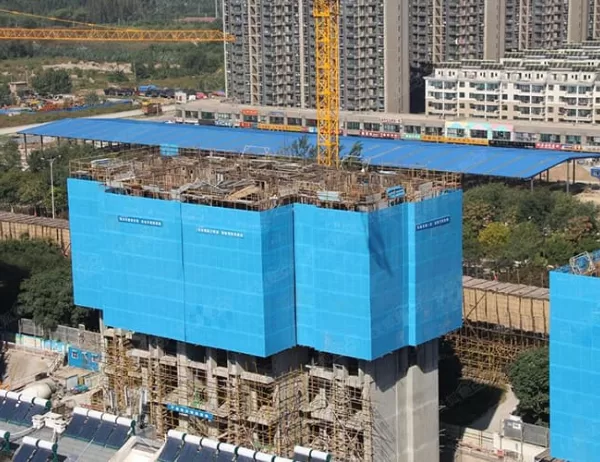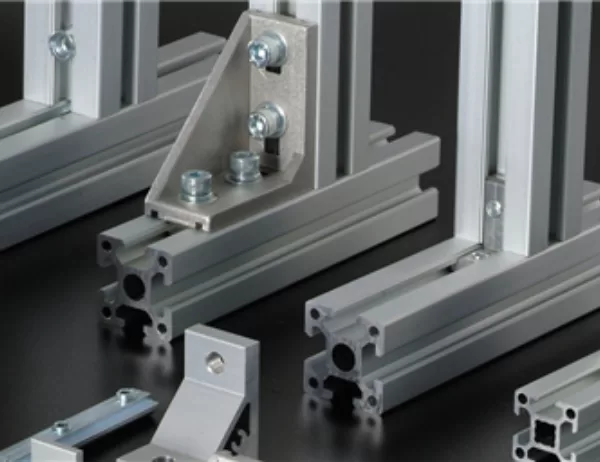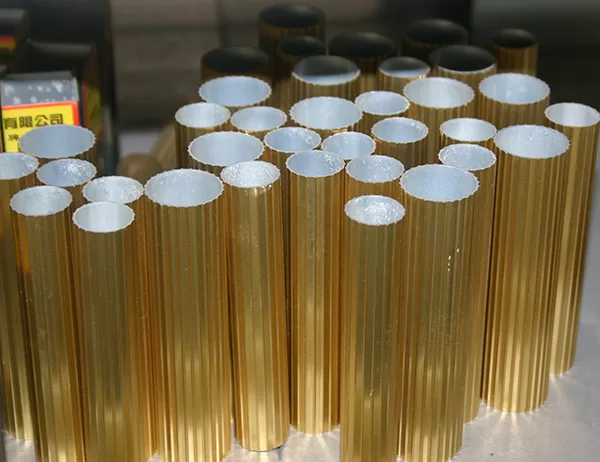Industrial aluminum profiles are widely used in various industries due to their lightweight, high strength, and corrosion resistance. However, beyond their exceptional mechanical properties, the environmental benefits of using these profiles have garnered increasing recognition. This article highlights the key environmental advantages associated with the use of industrial aluminum profiles.
Lifecycle Energy Efficiency
The production of aluminum is an energy-intensive process. However, once produced, aluminum profiles exhibit remarkable lifecycle energy efficiency. They have a high specific strength-to-weight ratio, allowing for lightweight designs that reduce energy consumption during transportation and installation. Inoltre, aluminum structures are highly durable, requiring minimal maintenance or replacement over their long lifespans, further contributing to energy savings.
Recyclability and Low Carbon Footprint
Aluminum is a highly recyclable material, with a recycling rate of over 90%. The recycling process consumes only 5% of the energy required to produce primary aluminum. By using recycled aluminum profiles, manufacturers reduce their carbon footprint and conserve natural resources. The low carbon footprint of aluminum profiles extends beyond the production phase. Once installed in buildings or other structures, they effectively reflect solar radiation, reducing energy consumption for cooling and lowering greenhouse gas emissions.
Non-Toxic and Inert
Unlike some other materials used in industrial applications, aluminum is non-toxic and inert. It does not release harmful chemicals into the environment during production, use, or disposal. The inert nature of aluminum also makes it resistant to corrosion, preventing the leaching of toxic metals into soil or groundwater. This environmental safety makes aluminum profiles ideal for use in sensitive environments, such as food processing or medical facilities.
Sustainable Design
Industrial aluminum profiles contribute to sustainable design principles. Their high strength and durability allow for the creation of lightweight and efficient structures that minimize material waste. Additionally, the recyclability of aluminum supports circular economy initiatives, reducing the environmental impact of construction and manufacturing processes. Architects and engineers are increasingly opting for aluminum profiles to meet sustainability goals and contribute to the well-being of our planet.
Durability and Longevity
The durability and longevity of industrial aluminum profiles play a significant role in environmental sustainability. Aluminum structures are resistant to corrosion, wear, and weathering, ensuring a long service life. By minimizing the need for frequent repairs or replacements, aluminum profiles reduce the environmental burden associated with resource extraction, manufacturing, and disposal. Their enduring performance promotes intergenerational sustainability, preserving resources for future generations.
The use of industrial aluminum profiles offers substantial environmental benefits. From lifecycle energy efficiency and recyclability to non-toxicity and durability, these profiles are an environmentally conscious choice for a wide range of industries. By embracing the use of aluminum profiles, we can collectively contribute to a more sustainable and environmentally friendly future.




